Black Mold
Sources in the Home
Black mold is not a specific type of house mold. The color black is just the common color of many different types of molds often found in our homes.
Why do they form?
It's all about moisture. If damp or wet conditions are allowed to exist in a house mold can start to form. Please examine the chart below to find potential sources of house mold.
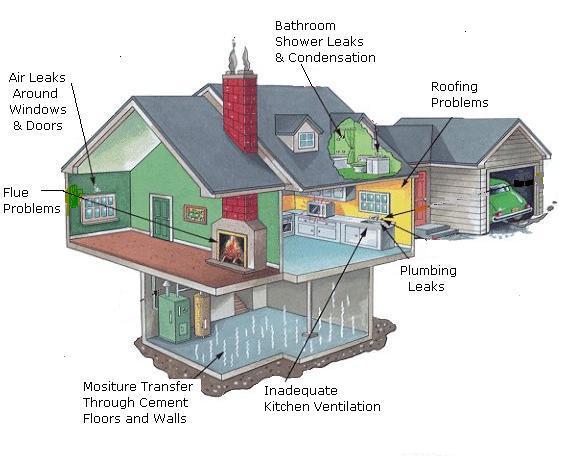
|
Condensation is a major source of black mold growth. For instance if you have a house full of teenagers you know what happens to the bathroom after the family takes their showers. Especially in the cooler months of the year the steam from our showers will condense on the cool walls of the bathroom, and soon we start to see those tiny spots of black mold start to form. |
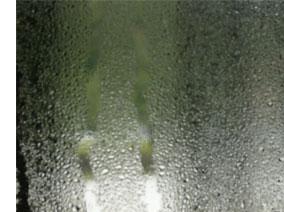 |
The solution...tell the kids to take shorter showers (they might listen) or make sure a bathroom fan is installed and working properly to exhaust the excess moisture.
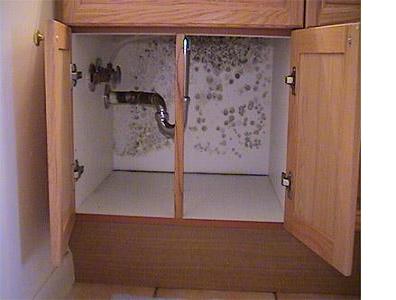
Here is a good example of this occurrence in the bathroom. Notice that the back wall of the cabinet is covered with mold. The cabinet is mounted on an exterior wall of the bathroom. There is most likely inadequate insulation in the wall and coupled with the fact that the heat cannot circulate freely in the closed cabinet. Thus condensation forms and mold grows.
|
Just like the enclosed cabinet there are many other closed spaces in the home where air is not permitted to circulate and dry out a damp condition. Here we see the space behind a fiberglass shower unit that has a leak. In this case even a small amount of water is having a difficult time drying out on the cooler concrete surfaces. |
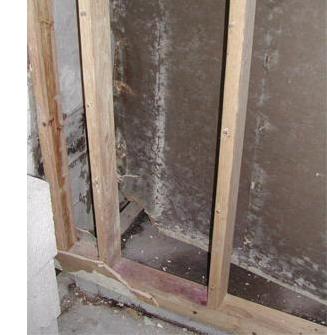 |
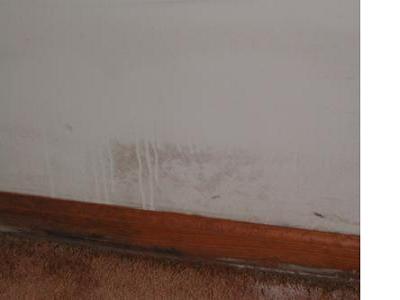 |
In this photo, looks are deceiving as the dampness contributing to the mold growth is coming from behind the wall. So cleaning up this situation would involve getting to the source of the water infiltration. This is just the tip of the iceberg as the mold behind the drywall is probably severe and care should be taken if you choose to remove it yourself. |
|
This severe case of mold is from an air conditioning unit installed in the attic. The condensate pan has been overflowing onto the ceiling. In the attic, if moisture is allowed get below the insulation the moisture will take a long time to dry out, thus mold can easily start to grow. |
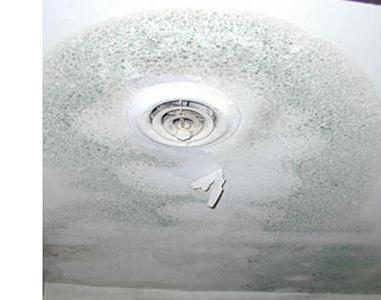 |
Another reason for mold growth on the ceiling could be a sign of poor attic ventilation. In the winter as warm moist air rises in to the attic, frost can form and saturate the ceiling after it warms up again. Of course a leaky roof would be an obvious source also.
The formation of mold is all about controlling moisture. If small signs of house mold are present, an investigation should be preformed to determine if there is an unseen water leak or moisture problem.

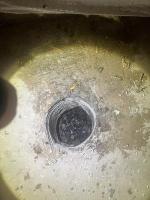
New! Comments
Have your say about what you just read! Leave me a comment in the box below.